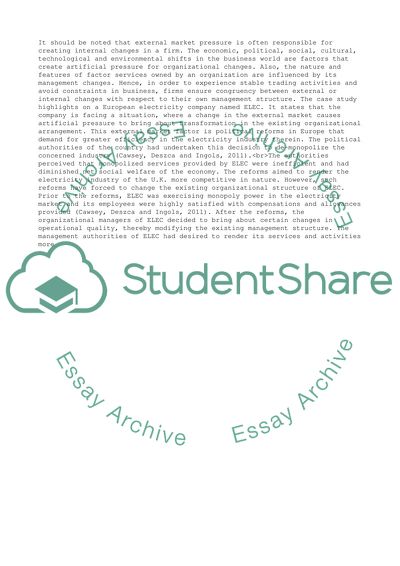Cite this document
(Organisational Change Management Essay Example | Topics and Well Written Essays - 3000 words - 20, n.d.)
Organisational Change Management Essay Example | Topics and Well Written Essays - 3000 words - 20. https://studentshare.org/management/1833801-organisational-change-management
Organisational Change Management Essay Example | Topics and Well Written Essays - 3000 words - 20. https://studentshare.org/management/1833801-organisational-change-management
(Organisational Change Management Essay Example | Topics and Well Written Essays - 3000 Words - 20)
Organisational Change Management Essay Example | Topics and Well Written Essays - 3000 Words - 20. https://studentshare.org/management/1833801-organisational-change-management.
Organisational Change Management Essay Example | Topics and Well Written Essays - 3000 Words - 20. https://studentshare.org/management/1833801-organisational-change-management.
“Organisational Change Management Essay Example | Topics and Well Written Essays - 3000 Words - 20”. https://studentshare.org/management/1833801-organisational-change-management.


